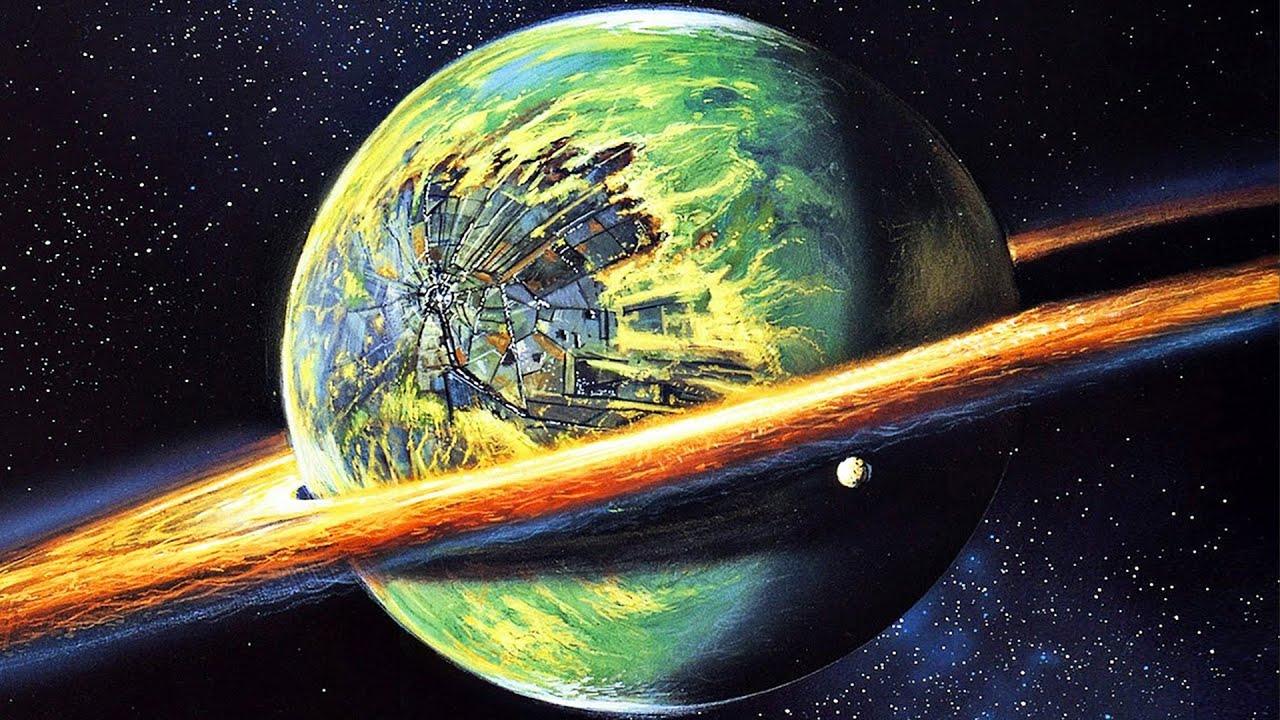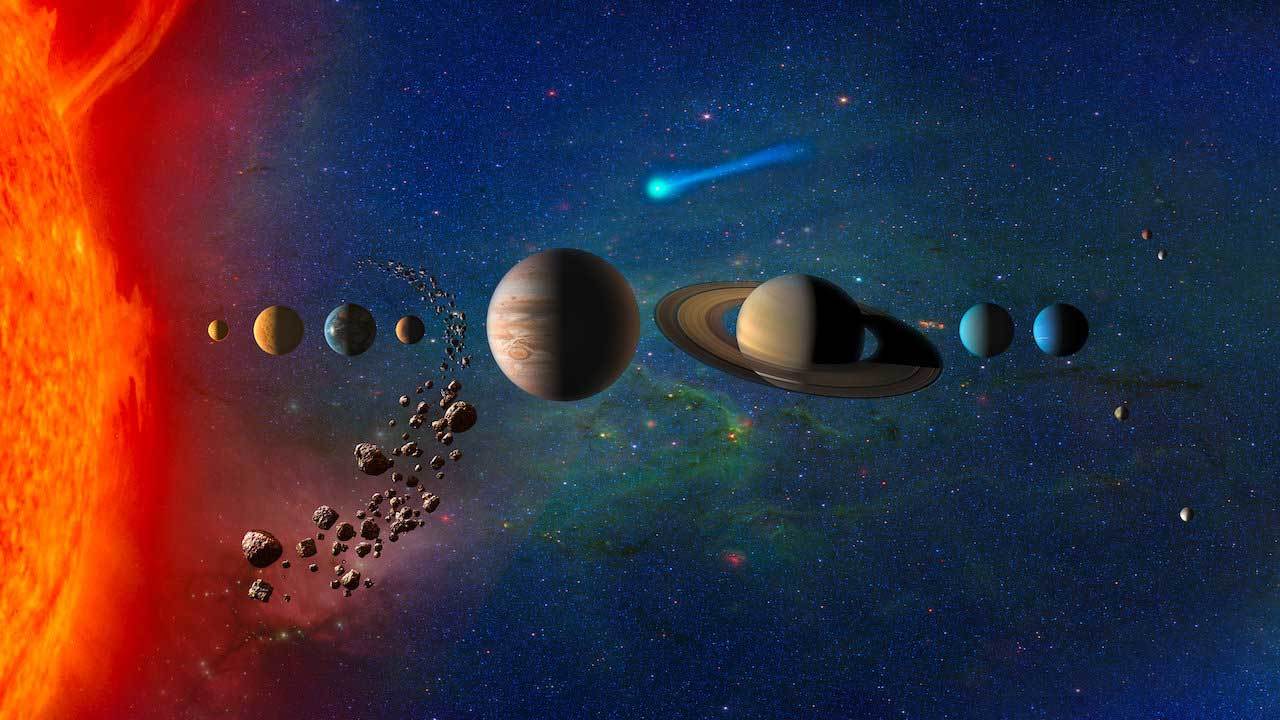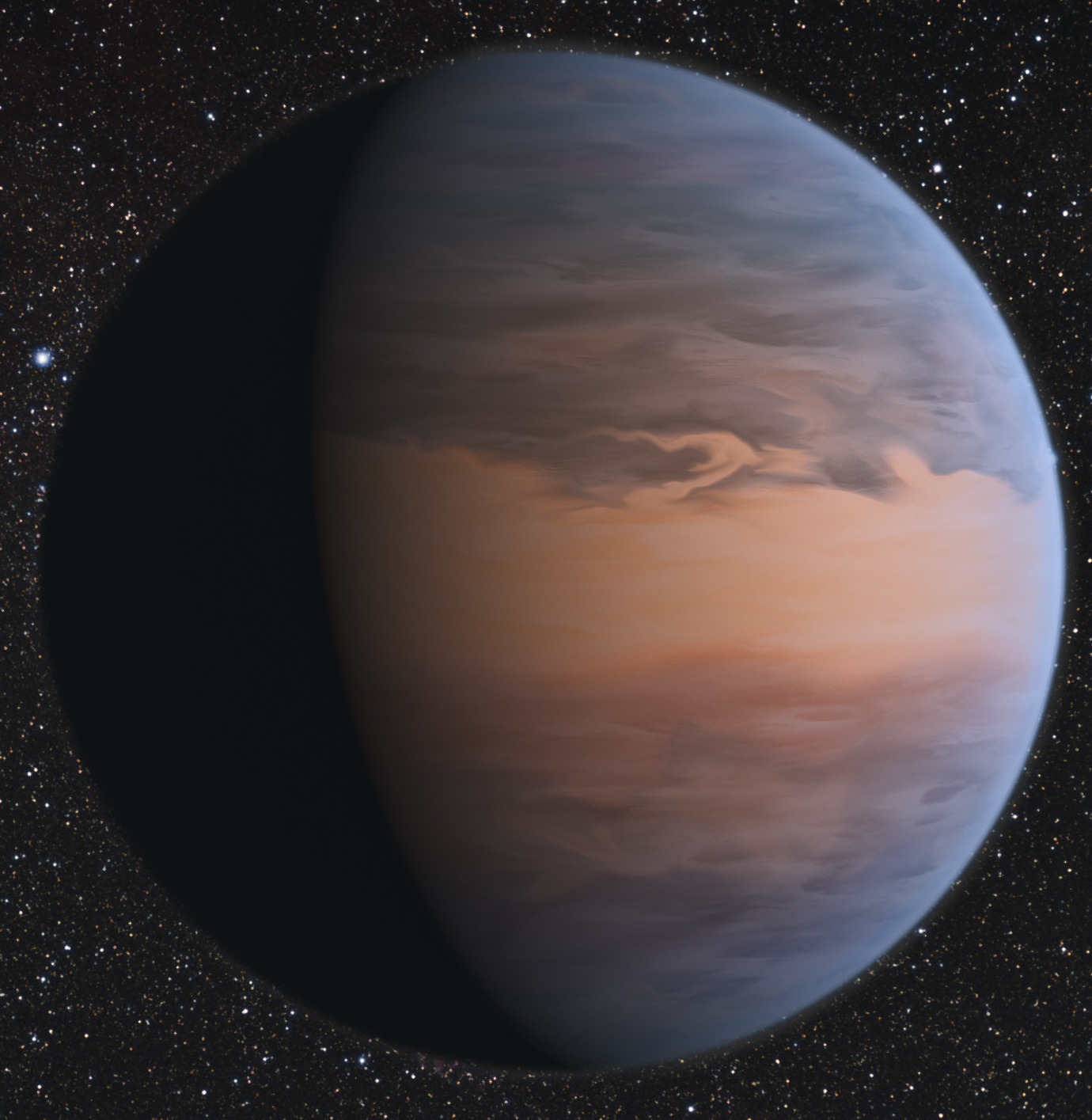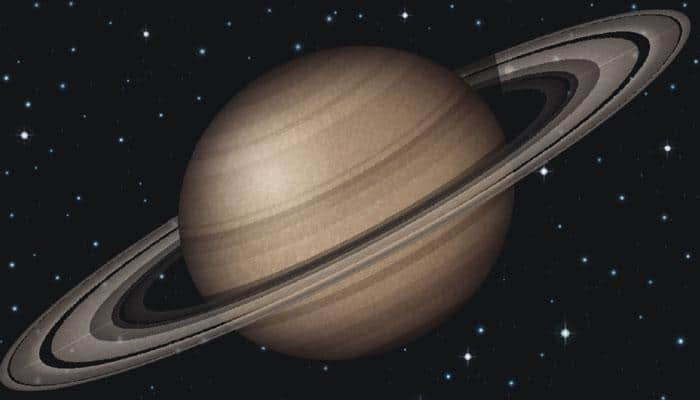
The Strangest Planets In The Universe (Part 1)

With an age of 13,700 million years and an extension of more than 150,000 million light-years, the Universe is absolutely everything. The more we learn about it, the more it surprises us, and the more unanswered questions seem to arise. Our Earth is nothing more than a small rock that revolves around a star, one more star of the billions that there are only in our galaxy: the Milky Way. And taking into account that in the Universe, there are billions of galaxies and each one with billions of stars around which planets usually orbit, the number of planets in the Cosmos is more significant than we can imagine.
And despite the difficulties in studying what the planets furthest from our home are like, the latest innovations in astronomy have made it possible to know the physical, chemical and geological properties of planets that are many light-years away from us. And since we are capable of this, we have discovered worlds that have made us rethink many of the principles of nature. In this article, we will review the strangest planets in the Universe, bearing in mind that we know practically zero percent of all those in the Cosmos.
What Are the Rarest Planets in The Cosmos?

Broadly speaking, a planet is an astronomical body without its own light that revolves around a star, which traps this object due to its massive gravity, causing it to follow an orbit. Beyond this, planets can be incredibly different from each other. And it is not necessary to go to the corners of the Universe. In our Solar System, we can already realize the variety of properties that they can collect. You just need to see how different Earth is from Uranus, for example. Or the difference in size between Jupiter, with its about 140,000 kilometres in diameter, and Mercury, with its 4,800 kilometres in diameter. But it is that if we go to other distant stars, this is even more incredible. To the day that this article has been written, 4,164 exoplanets have been discovered and, even if they are only from our galaxy (it is still practically impossible to detect planets outside the Milky Way) and a tiny percentage of the thousands out of millions, it has already been enough to run into some truly strangers that make us realize how little we know about the Cosmos. Let’s see them.
HD 209458 B: The Planet That Is Eaten

HD 209458 b, popularly known as Osiris, is a planet that breaks with everything we knew about Astronomy. And it is that this planet is constantly being devoured by its star as if it were a black hole. This means that the planet has a tail (the result of the distortion caused by being “eaten”) of more than 200,000 kilometres, acquiring an appearance similar to that of a comet. It is estimated that this planet has lost about 10% of its mass.
J1407b: The “Super-Saturn.”

This planet, located about 420 light-years from Earth, has rings, like “our” Saturn, much more significant in diameter – in fact, 600 times more. The rings of this incredible planet have a diameter of 176 million kilometres. This is more than the distance between Earth and the Sun. If Saturn had rings of this size, we could see them perfectly from Earth, and they would occupy much of the sky. Scientists and astronomers still do not understand how this is possible.
PSR B1620-26 B: The Oldest Known Planet
This planet shattered everything we know about planet formation. And it is known as the “Methuselah” of the planets. Located about 12,400 light-years away, this planet is 12.7 billion years old. “Only” 1,000 million years after the formation of the Universe. Technically, there weren’t the necessary “ingredients” for planets to form at such a young age, but PSR B1620-26 b is there, breaking all the schemes. By comparison, Earth, at 4.5 billion years old, is just a baby.
Want to know more strange planets? Stay tuned for the next parts!
You May Also Like

Are Chemical Fertilizers Good for The Soil?
2022-05-16
What Makes the Delta COVID-19 Variant So Dreadfully Successful?
2021-09-15


One Comment
Pingback: